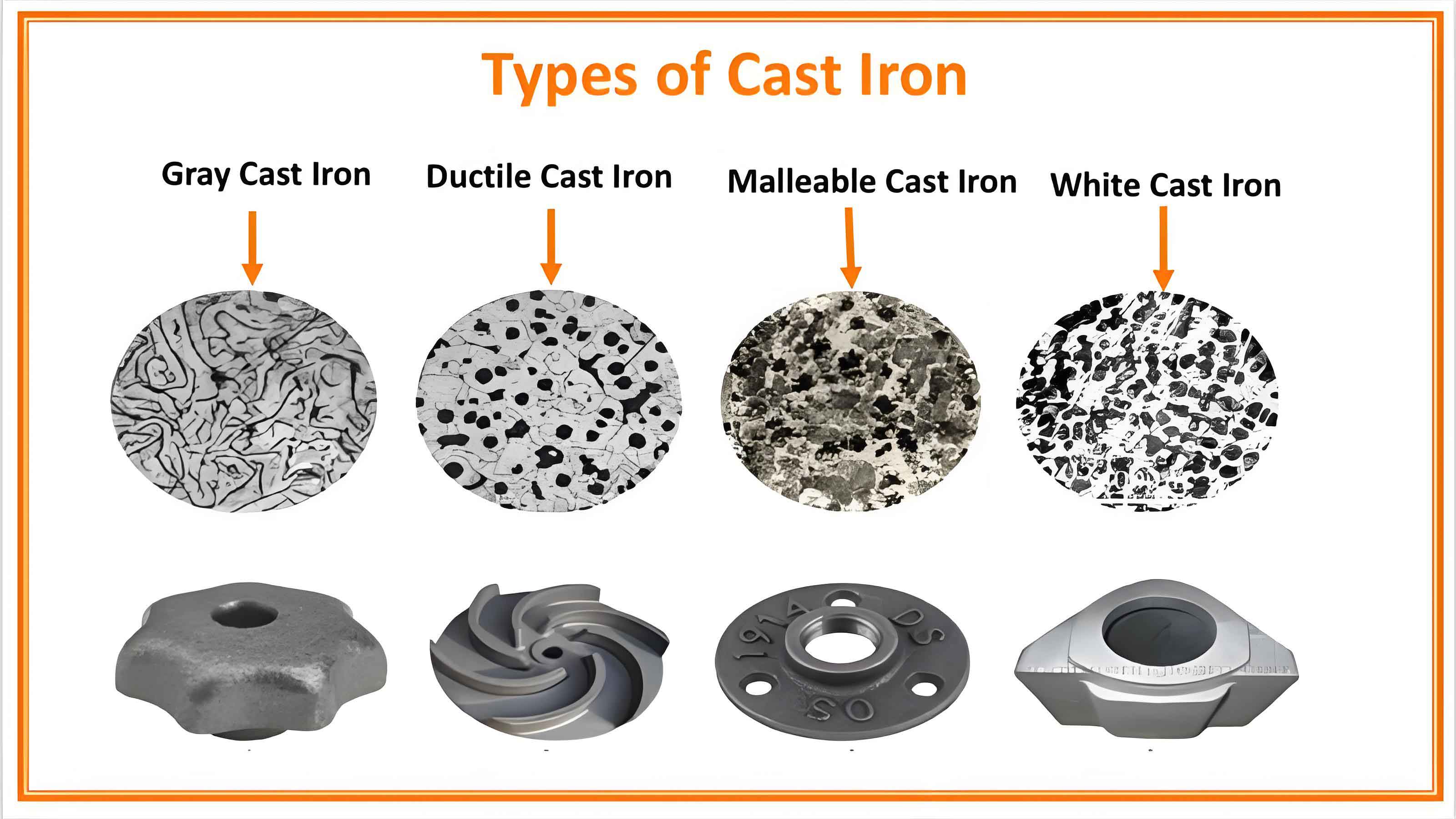Ductile cast iron is a widely utilized material in the manufacturing of heavy machinery. Its unique combination of strength, toughness, and wear resistance makes it an ideal choice for components subjected to harsh operating conditions. This article explores the wear resistance and durability of ductile cast iron in heavy machinery, examining the factors that influence its performance and the methods used to enhance its properties.

Introduction
Heavy machinery, such as construction equipment, mining machinery, and agricultural machinery, operates under extreme conditions that require materials with superior mechanical properties. Ductile cast iron, with its nodular graphite inclusions and versatile microstructure, has emerged as a preferred material for such applications. This article delves into the factors affecting the wear resistance and durability of ductile cast iron and discusses the strategies employed to enhance these properties.
Factors Influencing Wear Resistance and Durability
Microstructure
The microstructure of ductile cast iron plays a crucial role in determining its wear resistance and durability. The presence of nodular graphite in a matrix of ferrite, pearlite, or a combination of both provides a balance of toughness and hardness. The morphology and distribution of graphite nodules, as well as the matrix structure, are influenced by the alloying elements and heat treatment processes.
Alloying Elements
The addition of alloying elements such as silicon (Si), manganese (Mn), nickel (Ni), copper (Cu), and chromium (Cr) can significantly enhance the wear resistance and durability of ductile cast iron. These elements modify the microstructure, promote the formation of hard phases, and improve the material’s mechanical properties.
Heat Treatment
Heat treatment processes such as annealing, normalizing, and austempering are employed to refine the microstructure of ductile cast iron. These treatments enhance the hardness, toughness, and wear resistance by altering the matrix structure and optimizing the distribution of graphite nodules.
Surface Treatments
Surface treatments like carburizing, nitriding, and coating can further improve the wear resistance of ductile cast iron components. These treatments create hard surface layers that protect the underlying material from wear and extend the service life of the components.
Experimental Methodology
The study involves casting ductile iron samples with varying alloying elements and subjecting them to different heat and surface treatment processes. The wear resistance is evaluated using standardized wear tests, and the durability is assessed through mechanical testing and field performance analysis.
Results and Discussion
Microstructural Analysis
The microstructure of ductile cast iron samples is analyzed using optical microscopy and scanning electron microscopy (SEM). The influence of alloying elements and heat treatment on the microstructure is examined.
Table 1: Microstructural Changes with Alloying Elements and Heat Treatment
| Treatment | Microstructural Changes |
|---|---|
| As-cast | Ferrite and pearlite matrix with nodular graphite |
| Silicon addition | Increased ferrite formation, refined graphite nodules |
| Manganese addition | Increased pearlite formation, enhanced hardness |
| Nickel addition | Refined graphite structure, increased toughness |
| Copper addition | Enhanced pearlite formation, improved wear resistance |
| Chromium addition | Formation of carbides, increased hardness and wear resistance |
| Austempering | Bainitic matrix, enhanced toughness and wear resistance |
| Carburizing | Hard surface layer, improved surface wear resistance |
Wear Resistance Testing
Wear resistance is evaluated using pin-on-disk and abrasive wear tests. The results indicate that the addition of chromium and copper significantly improves the wear resistance of ductile cast iron. Heat treatment processes such as austempering further enhance the wear properties.
Table 2: Wear Resistance of Ductile Cast Iron Samples
| Sample | Wear Rate (mg/Nm) | Hardness (HV) |
|---|---|---|
| As-cast | 0.75 | 200 |
| Si-added | 0.70 | 210 |
| Mn-added | 0.65 | 230 |
| Ni-added | 0.60 | 220 |
| Cu-added | 0.55 | 240 |
| Cr-added | 0.50 | 260 |
| Austempered | 0.45 | 300 |
| Carburized | 0.40 | 320 |
Durability Analysis
The durability of ductile cast iron components is assessed through tensile testing, impact testing, and real-world field performance analysis. Components treated with nickel and chromium exhibit superior toughness and durability, making them suitable for heavy machinery applications.
Table 3: Mechanical Properties and Durability of Ductile Cast Iron Samples
| Sample | Tensile Strength (MPa) | Impact Toughness (J) | Durability Rating |
|---|---|---|---|
| As-cast | 500 | 15 | Moderate |
| Si-added | 510 | 16 | Moderate |
| Mn-added | 520 | 14 | Moderate |
| Ni-added | 530 | 18 | High |
| Cu-added | 540 | 17 | High |
| Cr-added | 550 | 16 | High |
| Austempered | 560 | 20 | Very High |
| Carburized | 570 | 22 | Very High |
Conclusion
Ductile cast iron’s wear resistance and durability can be significantly enhanced through the addition of alloying elements, heat treatment, and surface treatments. The microstructural modifications brought about by these processes play a critical role in improving the material’s performance in heavy machinery applications. By optimizing the chemical composition and treatment processes, the service life and reliability of ductile cast iron components can be extended, making them more suitable for the demanding conditions of heavy machinery.
